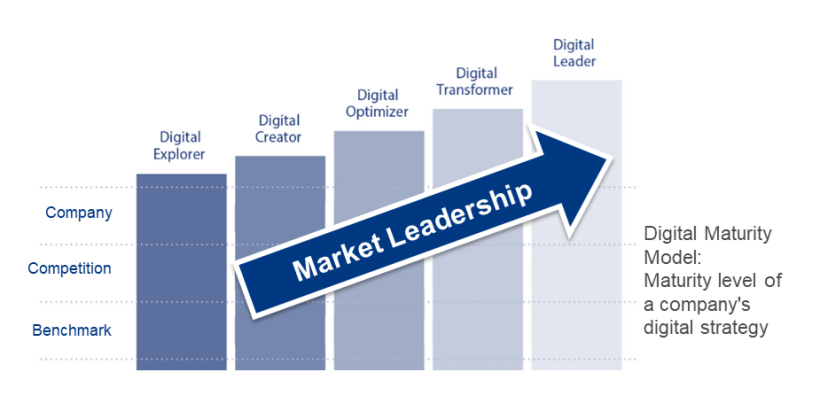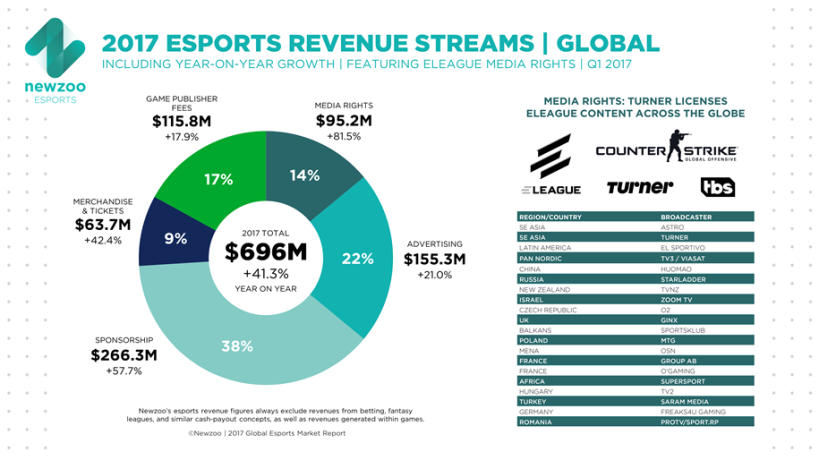Meine ersten 100 Tage bei #IBM sind noch nicht ganz rum, aber ich weiß schon jetzt: auch ich will hier nicht mehr weg!
Zu meinen Stationen zählten in knapp 25 Jahren Berufserfahrung, Großkonzerne wie die SAP und METRO, eine Handvoll Mittelständler und #Startups sowie eigene Gründungen.
Nie hab ich mich von Anfang an (sogar schon vor dem ersten Arbeitstag) so herzlich, warm Willkommen und integriert gefühlt. Die Hilfsbereitschaft und Professionalität jedes IBMers ist bemerkenswert – und gefühlt ist jeder meiner Kollegen schon gut 20 Jahre hier, dabei jeden Tag aufs Neue mit immenser Leidenschaft und wahnsinnig motiviert, voller #EntrepreneurialSpirit und #glücklich!

Die Menschen, der Umgang miteinander, die respektvolle Kommunikation, die #Unternehmenskultur und -werte, die Aufgabe, Ownership und Leadership, die Strukturen, Prozesse, Strategie und Vision, der Spaß und noch einige weitere Variablen fließen wohl bewusst und un(ter)bewusst in unsere Wahrnehmung, Einstellung und innere Entscheidung ein, wie gut wir unseren Arbeitsplatz empfinden.
Ich bin jedenfalls sehr beeindruckt – von meiner IBM Familie, der persönlichen Ebene, den Skills und der Einsatzbereitschaft meiner KollegInnen, unserem Service- und dem Technologieportfolio.
Seit über 100 Jahren – genauer gesagt, seit der Gründung im Juni 1911 – schafft IBM #Innovationen. Innovationen, die die Welt tatsächlich verändern und neu gestalten. Heute maßgeblich bei #KünstlicherIntelligenz, #Hybrid-Clouds, #DLT/Blockchain, #QuantenComputing, #OpenSource, #IoT und #RoBots bzw. #Automatisierung. Daran mitwirken zu dürfen, an etwas derartig Bedeutendem, das jeden Menschen und jede Branche auf die eine oder andere Art berührt, auch gerade jetzt in Zeiten der #COVID19 Krise, wenn unsere Lösungen helfen, Menschenleben zu retten und Unternehmen am Laufen zu halten und für die Zukunft besser aufzustellen, berührt mich ganz persönlich und gibt jedem Arbeitstag einen nie da gewesenen #Sinn.
#bestplacetowork #bestteamever #bestworkplace #ilovemyjob #innovateforchange #innovationculture #innovators #innovationleadership #cloudstrategy #IoT #edge #KI #AI #kuenstlicheintelligenz #artificialintelligence #future #zukunftgestalten #zukunftsstark #devcommunity #developers #mitgestalten #technologytrends #techinnovation #technologyleadership #techforgood #quantumcomputing

